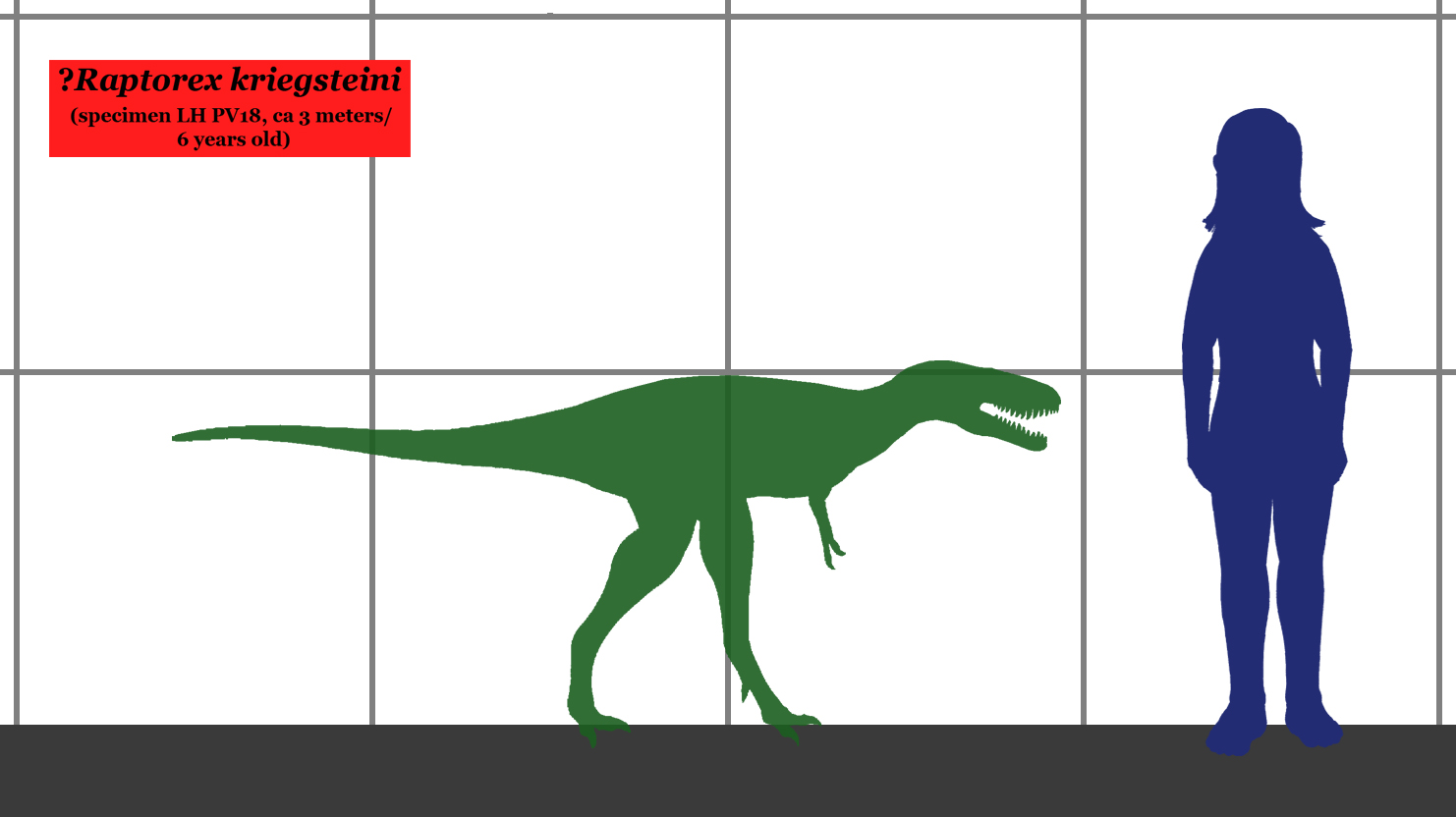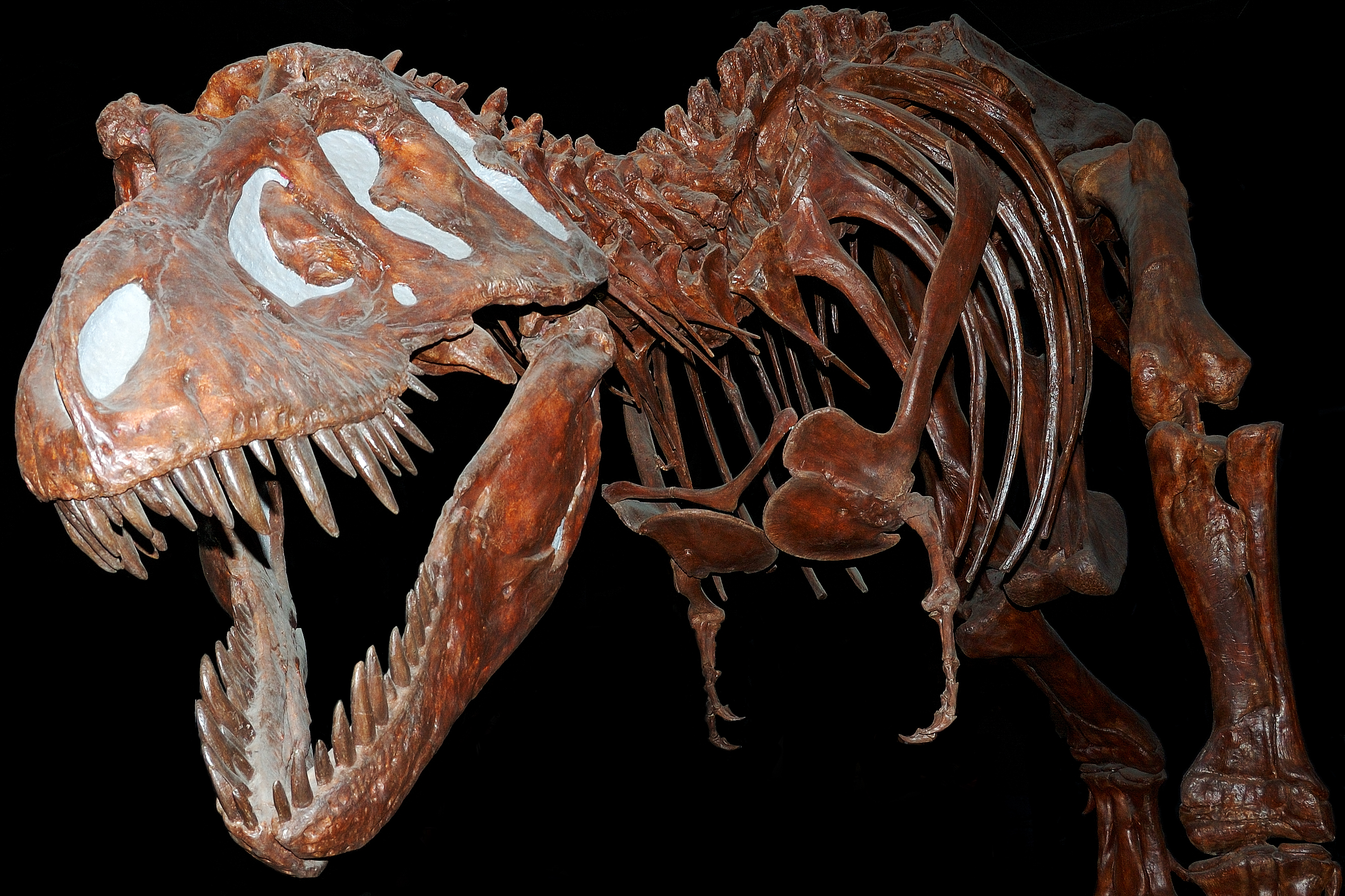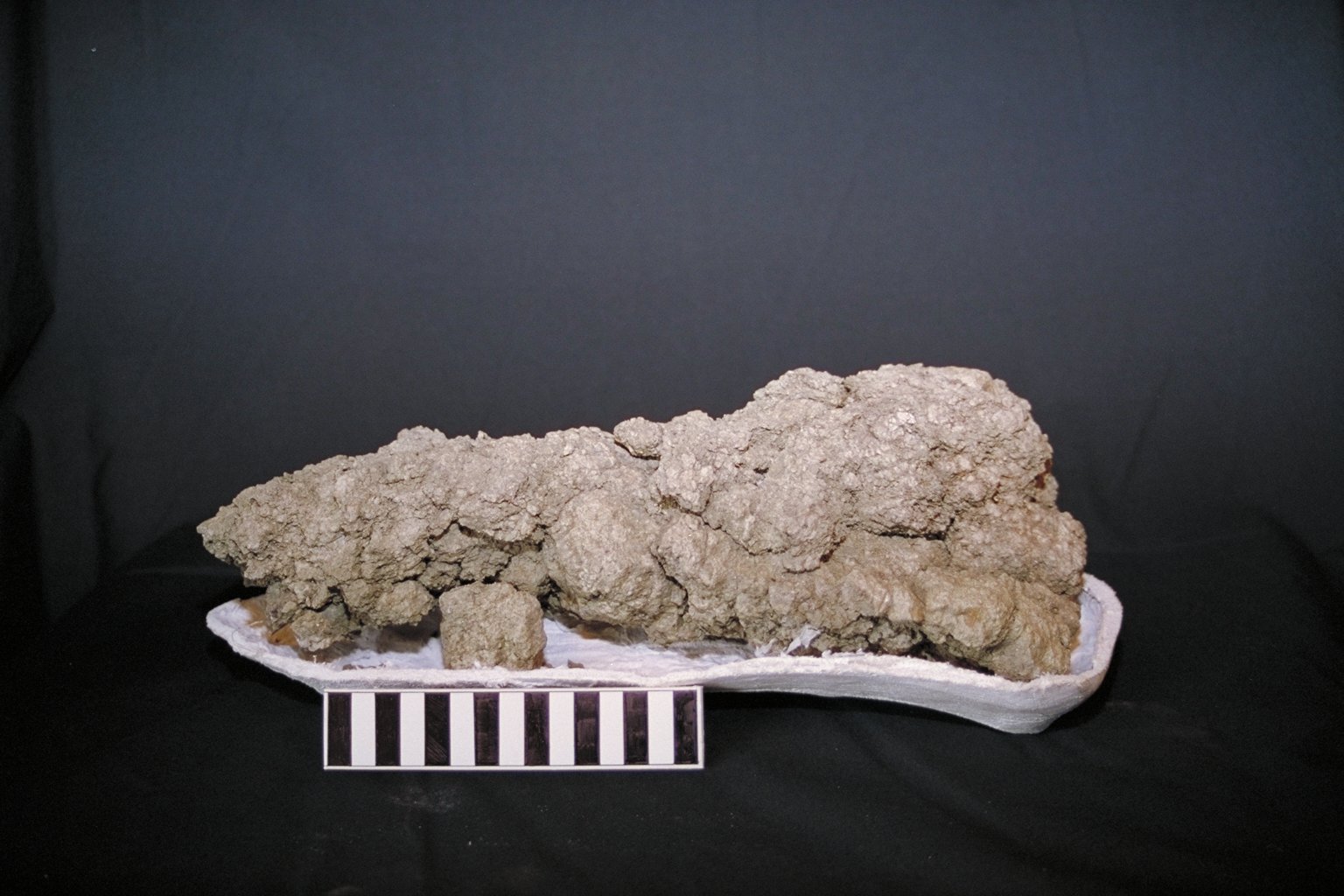Tyrannosaurus Rex may have been the 'king of the Dinosaurs', but it was one of it's ancestors that wore a crown.
Found in the China this early Tyrannosaurid from the Late Jurassic was named
Guanlong (Crowned Dragon) because of it's distinctive crest.
Guanlong is the oldest relative of
Tyrannosaurus yet found, older even than
Dilong. It is therefore a very basal Tyrannosaurid with the slender build, long arms (with three-fingered hands), and a long narrow snout common to most Coelurosaurs.
It did however have a number of specializations that put it clearly in the Tyrannosaur clade. Like
T. rex and all other Tyrannosaurs
Guanlong had
two types of teeth, with the smaller front teeth being shaped like scrapers. The foremost bone of the jaw was also very high, giving
Guanlong the relatively blunt snout common to all Tyrannosaurs.











